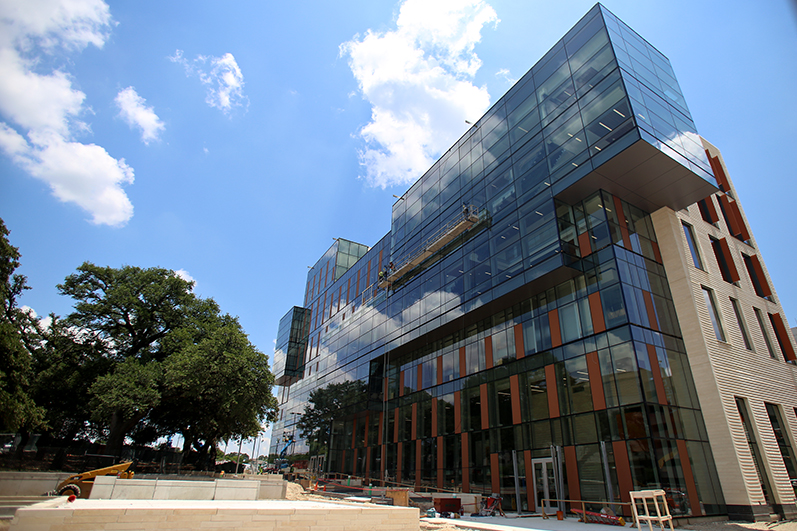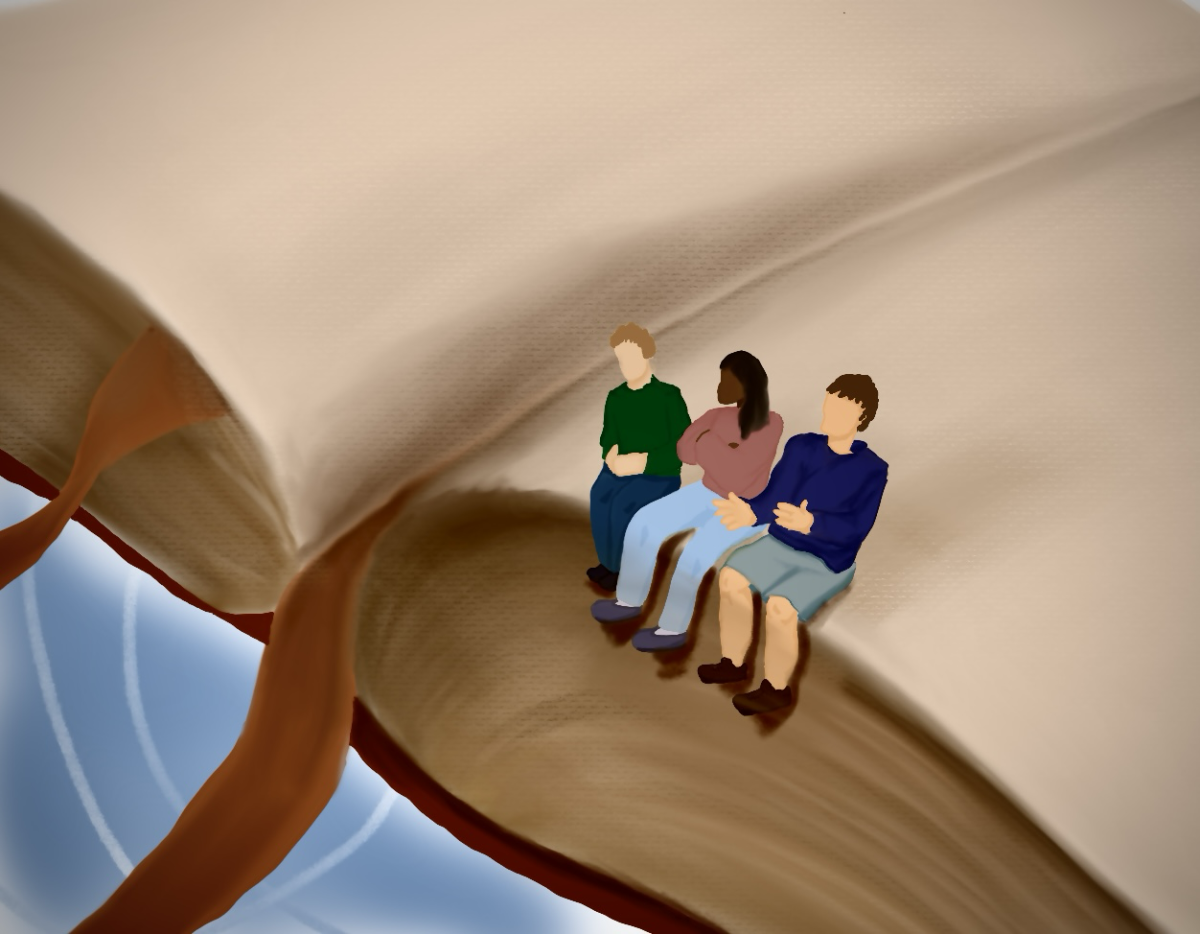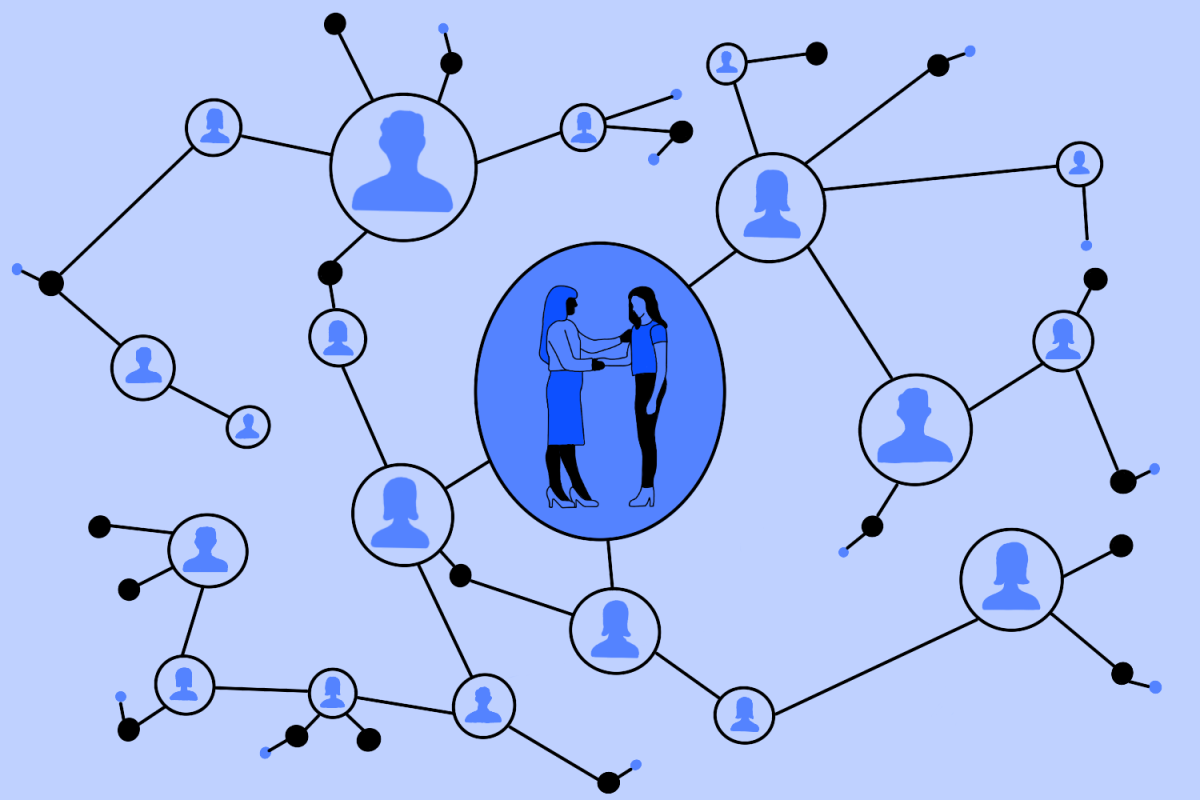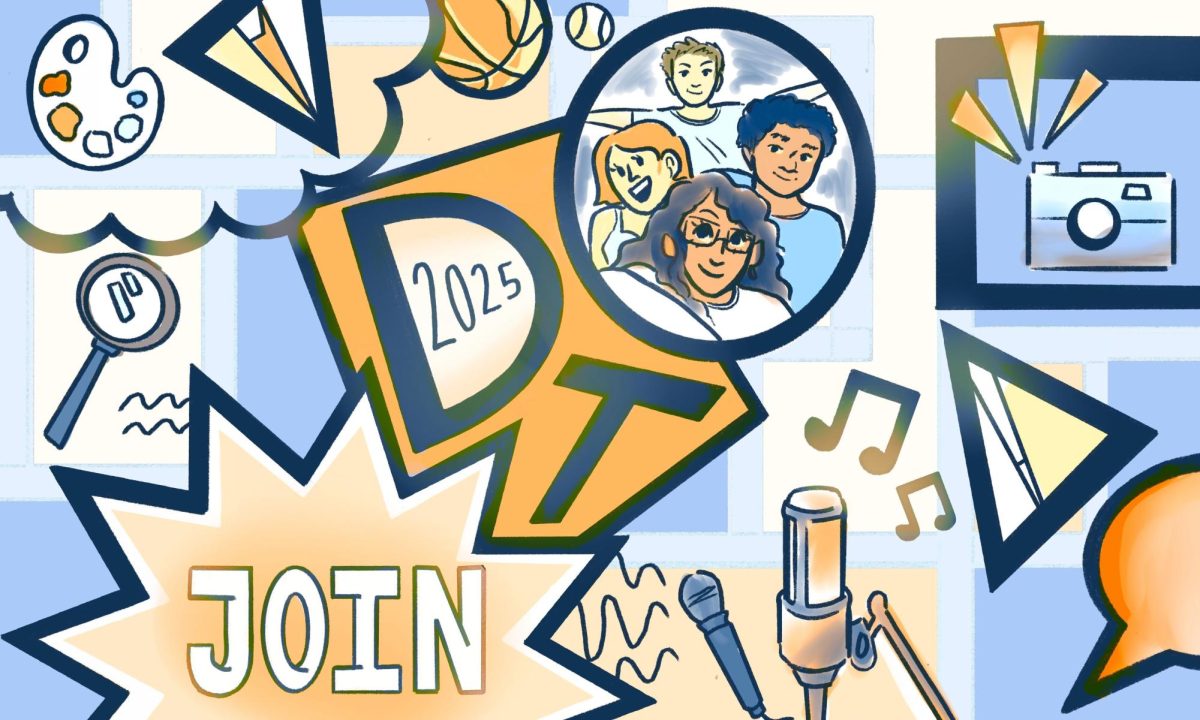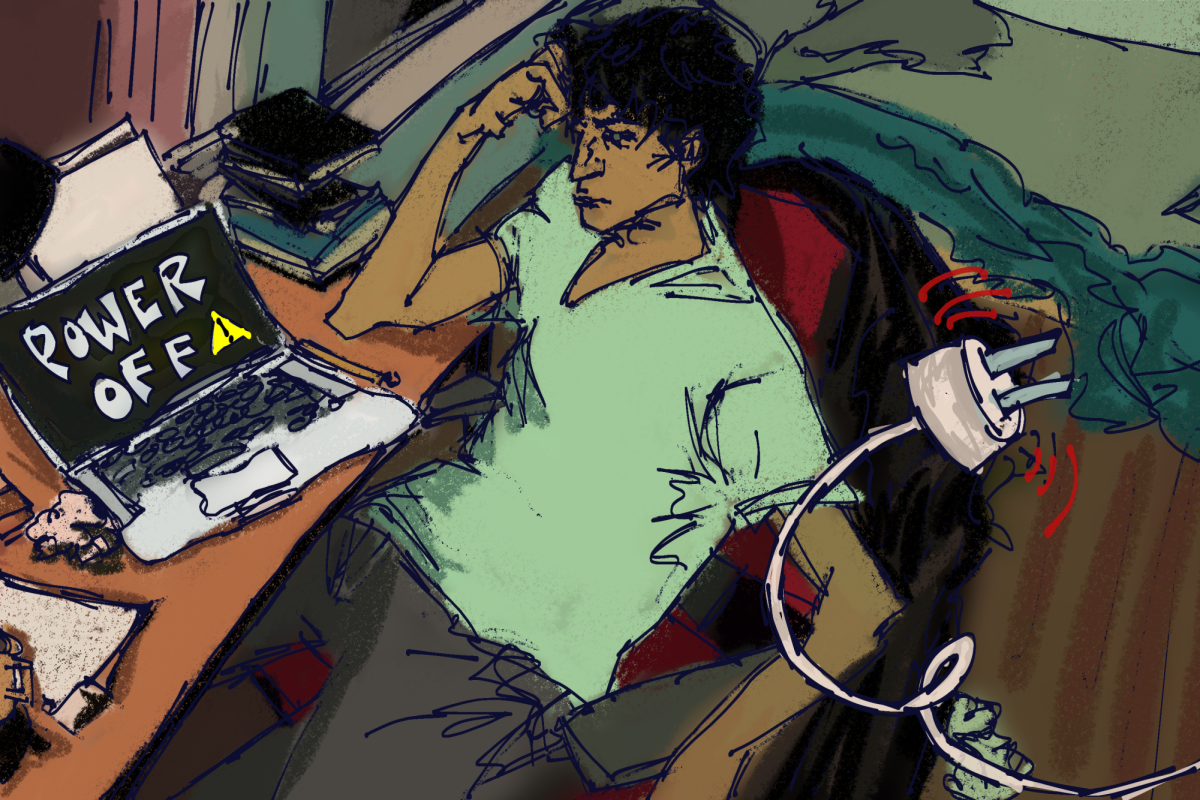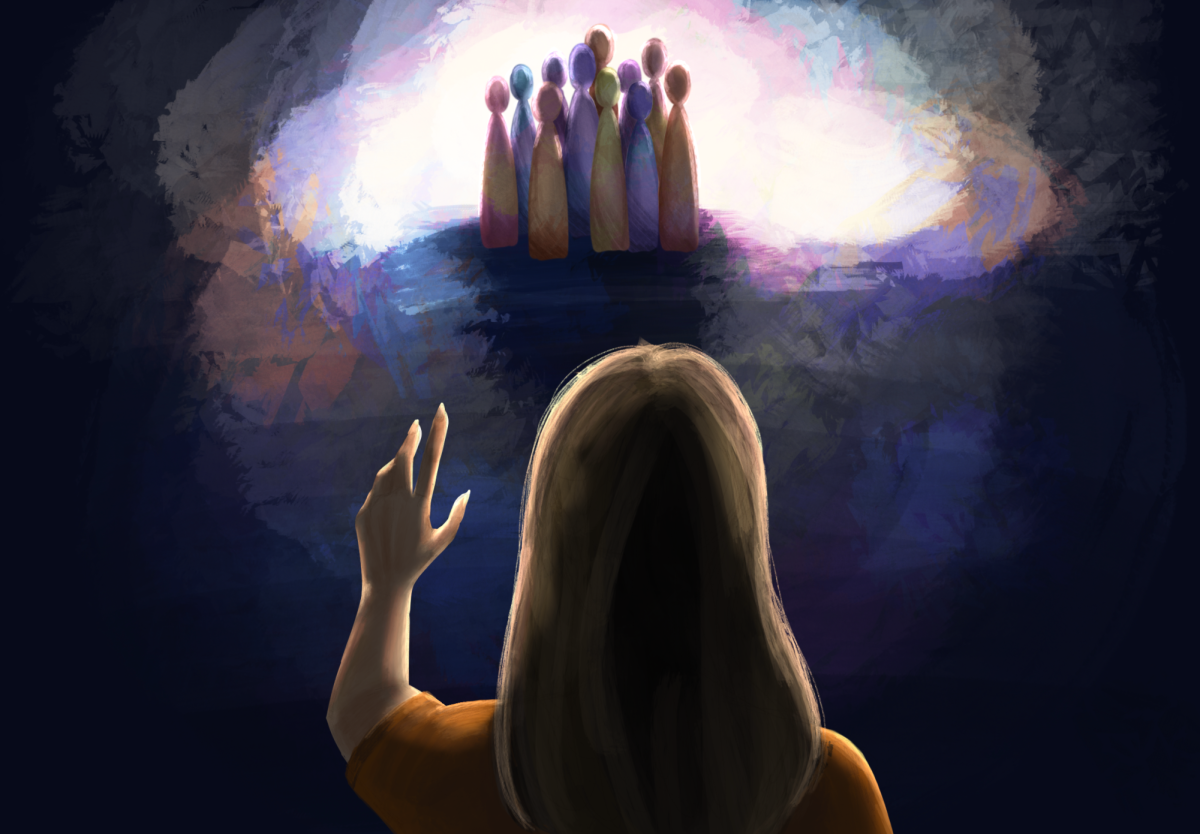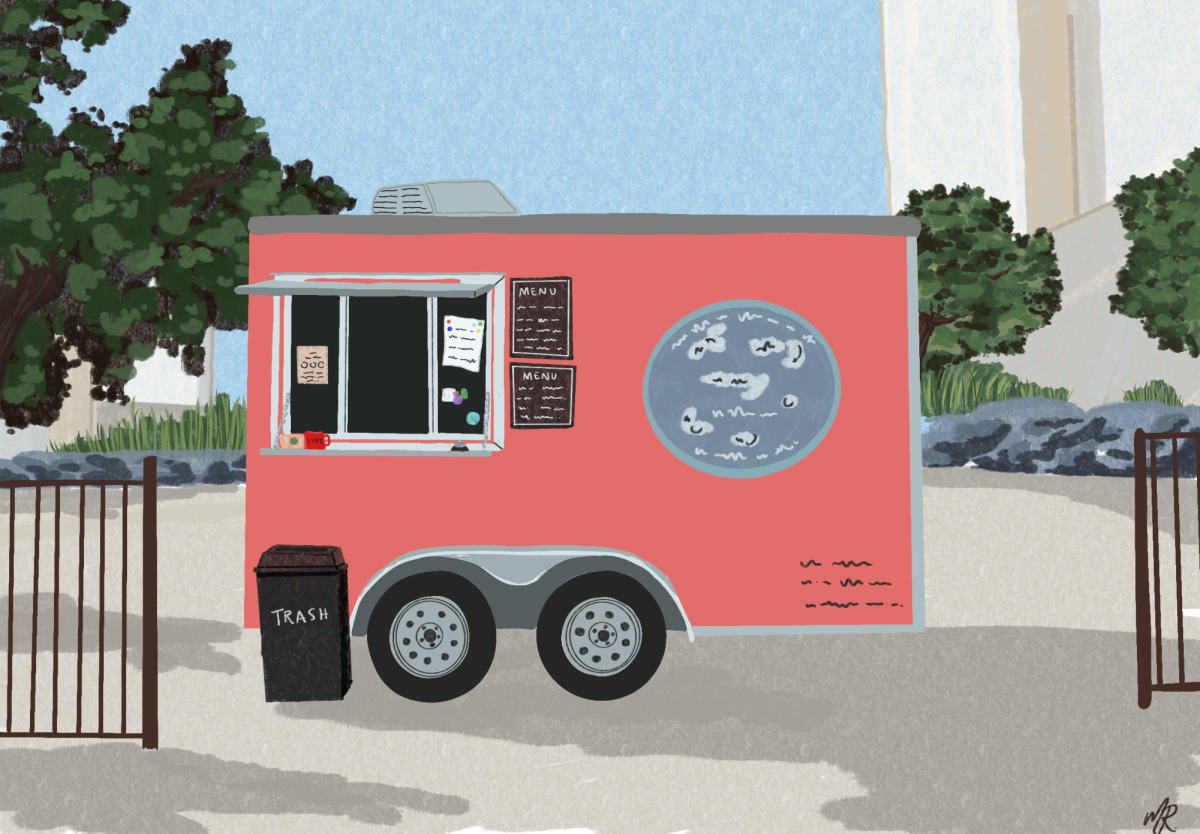It’s safe to say that almost everyone has hopes of creating the next Facebook within their college dorm and drop out of college to become a multi-billionaire. How have Mark Zuckerberg, Bill Gates and Elon Musk been so successful at achieving this? Yes, a little bit of luck helped. But each one of these billionaires created a product that created a new industry entirely. Creativity and innovation are at the heart of their successes. Innovation must be implemented into our education system in order for students to excel within their chosen industry.
Creativity is not nourished in our current education system, but hindered. Students increasingly dislike school, especially beginning in the third grade when standardized testing is introduced. Standardized tests teach students that they need to meet objective standards in order to be successful. A student should be setting goals, not trying to meet objective standards.
Memorization-based learning limits students’ ability to share and discuss ideas with peers. Socrates, the “original” professor, did not require his students to learn information only to regurgitate it. He offered his students facts to examine and ask questions about. When students are directed to memorize facts instead of analyzing them, their ability to innovate is being hindered.
Certain majors at UT follow this pattern and mandate strict course schedules with little room for electives. Business students are expected to run business with constant innovation, but the course work leaves little room for problem solving building. With a more relaxed schedule, students could grow creativity skills that could be influential in their education as a whole. In a survey of Fortune 500 companies, 93 percent said, “a demonstrated capacity to think critically, communicate clearly, and solve complex problems is more important than [a candidate’s] undergraduate major.”
Consulting firms illustrate creativity and innovation by solving problems of others through collaboration. These firms grow their teams based on diversity and not objective tests or criteria. They understand that in order to solve problems in the most effective manner, they must allow consultants of many different backgrounds to discuss and build upon each other’s diverse background and ideas.
Many of the most sought after jobs are jobs like these that require employees to ask questions and create solutions. This type of education would be immensely more effective in preparing students for their future careers than memorization learning.
A group at Stanford recognized the void between education and innovation and created the d.school. There focus is to create innovators who can develop a process to creative solutions through a process deemed design thinking. Design thinking is a human-centered approach to innovation that allows for collaborative creative solutions.
Design thinking has made its way to classrooms on the UT campus. At the Dell Medical School recognized the lack of creativity teaching and created the Design Institute for Health, a collaboration between the Dell Medical School and the College of Fine Arts. The Design Institute for Health is an initiative dedicated to applying a creative approach to the nation’s health care challenges and rapidly integrating that perspective into medical education.
They realize that in order to have create the most successful students, they must teach their students not just how to be a good doctors, but to be contributors to society. The institute's ideas could be crucial if implemented into the entire University system.
“Creativity is a necessary and differentiating capability that prepares today’s students for a future where mere knowledge is not sufficient and the status quo represents failure,” said Stacey Chang, the Design Institute’s executive director.
We cannot all be Mark Zuckerberg, but giving students a platform for creativity allows them to innovate an industry and solve world issues.
Mayfield is an MIS junior from Tyler.

